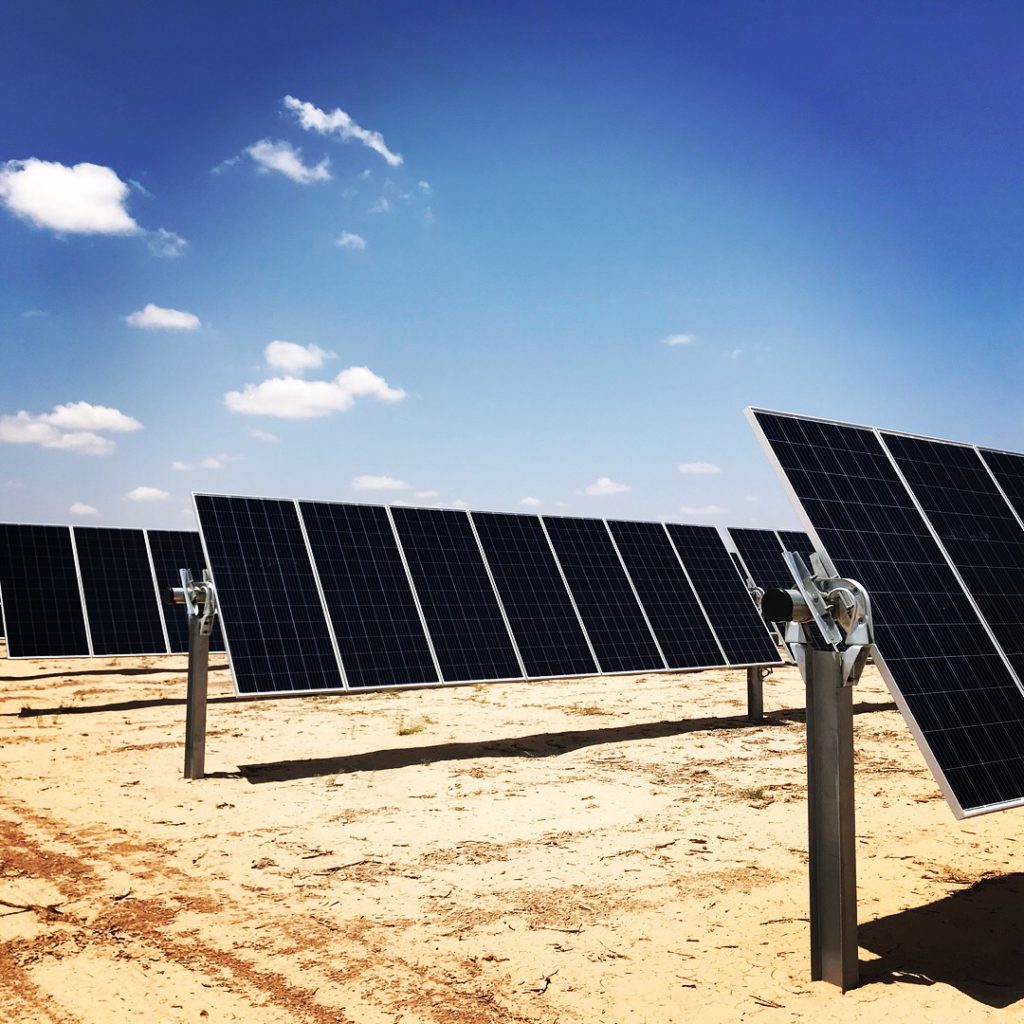By Frank Andorka, Senior Correspondent
Texas is one of the sleeping giants of the solar industry. With it high isolation rates, it’s been predicted that given its way, solar from Texas could actually power the entire country. In other words, it’s a powerhouse waiting to happen.
And now homeowners in the state have the opportunity to put solar + storage at their homes thanks to an expansion by a homegrown solar company that is slowly expanding its national footprint.
Sunnova Energy Corporation announced today the expansion of its Sunnova SunSafe solar plus battery storage service offering to homeowners in the company’s home state of Texas. Sunnova is one of the first residential solar plus storage service providers to offer solar plus battery storage in the Lone Star State. In addition, Sunnova is the only residential solar service provider to offer a 25-year solar plus battery storage contract with a comprehensive warranty and performance guarantee ensuring long-term peace of mind for homeowners.
“There are two things you should never bet against—adoption of technology and consumer choice. And in Texas we’re seeing that firsthand with the demand of residential solar plus storage. Sunnova’s newly available solar plus battery storage offering provides Texan homeowners with an added layer of energy reliability and freedom that utilities can’t provide,” said William J. (John) Berger, Chief Executive Officer of Sunnova Energy Corporation. “Texas has been the epicenter for transformative energy technologies for years and, as such, it’s only fitting that homeowners across our Lone Star State will play a critical role in our mission to help power energy independence.”
Sunnova’s SunSafe offering in Texas is a customized solar plus battery storage technology system designed to replace much of the energy homeowners normally consume from the electrical grid, day and night. It maximizes the use of the energy produced by the solar system, significantly reducing consumer dependence upon the grid and in some cases eliminating it all together. Unlike solar-only power systems that do not have a battery, it will also continue to produce and store energy when the power grid is down or idle, giving homeowners back-up power for their critical loads.
“In Texas, we’ve seen firsthand the devastation caused by storms and hurricanes, and homeowners across the state want to ensure they’re protecting their families from extended power outages and electricity instability,” said Michael Grasso, Chief Marketing Officer for Sunnova Energy Corporation. “By offering Sunnova SunSafe, homeowners are given that peace of mind knowing that they’ll have reliable energy, day and night.”
In addition to Texas, Sunnova also offers the service in Hawaii, Arizona, California, Puerto Rico and Massachusetts.


